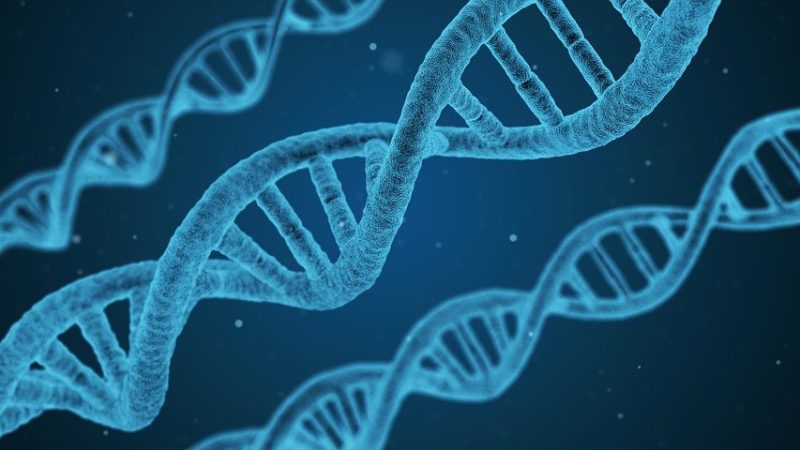CHO cells have become the most important cell system for the biotechnological production of pharmaceuticals. The increasing potential of chinese hamster ovary cells. A critical feature of a cell line used for production of therapeutics is to be clonal, which means origination from a single cell, to ensure a homogenous therapeutic product. The demonstration of clonal derivation can be a big effort for the pharmaceutical industry, but does it really ensure a homogenous product quality?
CHO cells have manifold advantages for the production of complex pharmaceuticals like antibodies. A big asset of CHO cells is their robust growth and adaptability to different media and culture conditions. This adaptability is contributed by the inherent genomic instability of CHO cells, which means that with each cell division and over time in culture, the genome gets mutated. These mutations can be changes of single nucleotides (the building blocks of DNA), small insertions or deletions of a few nucleotides or rearrangements of larger parts of the chromosomes. The consequence is that hardly two cells within a cell population have exactly the same genome. On the one hand this can be beneficial to select for cells with special, desired characteristics, but on the other hand, once we have selected a desired cell we want it to be stable.
For production purpose it is required by the regulatory authorities like the FDA that the cell line is clonal, which is achieved by subcloning, a process performed to get single cells (clones) which then grow to a clonal cell population. The assumption is that a clonal cell population is homogenous and therefore yields a homogenous product. However, considering the high genomic instability, the question arises if a clonal cell line is really more homogenous than a cell pool without subcloning.
To clone or not to clone – that is the question
The question of clonality is a hot topic and of research interest for acib scientists at the University of Natural Resources and Life Sciences Vienna (BOKU). They established a method called chromosome painting, where every different chromosome of a CHO cell is labelled with a different fluorescent dye. Under the microscope you can see if a chromosome is rearranged, which means that it is fused with parts or the whole of a different chromosome (with a different color).
Analysing a number of individual cells of a clonal cell population (with subcloning) and a cell pool (without subcloning) they could observe no difference in homogeneity. Every cell population, be it cloned or not cloned, showed a high level of genomic rearrangements. Genomic variance is high in all populations of CHO cell lines as it occurs with each division, making subcloning an unsuitable tool to enhance population homogeneity. Based on these findings the main focus of the production process should be on the product itself which is actually administered to the patient and not on demonstration clonality of the cell line used for production.
Vcelar S, Melcher M, Auer N, Hrdina A, Puklowski A, Leisch F, Jadhav V, Wenger T, Baumann M, Borth, Changes in Chromosome Counts and Patterns in CHO Cell Lines upon Generation of Recombinant Cell Lines and Subcloning, N.Biotechnol J. 2018 Mar;13(3):e1700495. doi: 10.1002/biot.201700495. Epub 2018 Feb 1.
Vcelar S, Jadhav V, Melcher M, Auer N, Hrdina A, Sagmeister R, Heffner K, Puklowski A, Betenbaugh M, Wenger T, Leisch F, Baumann M, Borth, Karyotype variation of CHO host cell lines over time in culture characterized by chromosome counting and chromosome painting, N.Biotechnol Bioeng. 2018 Jan;115(1):165-
Picture credits: Pixabay
